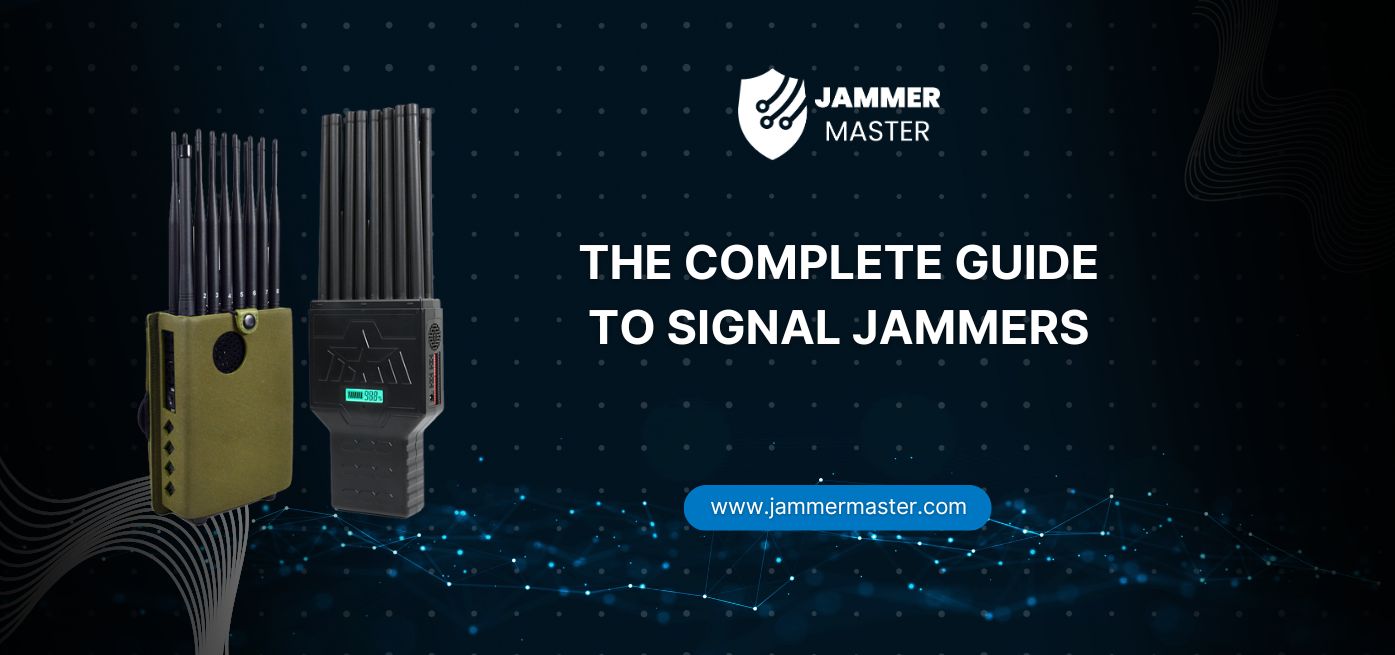
How to Build a GPS Jammer at Your Home
Here’s a step by step guide on how to build your own GPS jammer. Below are the main steps we are going to introduce in

A decade ago, during the 2G and 3G era, it was relatively easy to design signal blockers that only interfered with voice calls while allowing data transmission. This was due to the clear division of frequency bands at that time. 2G networks primarily handled voice calls, while 3G networks supported both voice and data transmission. To retain voice call functionality, signal blockers only needed to keep the 3G frequency band open.
However, the 2G frequency band still accommodated low-speed data communication, which was insufficient to meet the growing data demands of mobile applications. Despite this limitation, the communication landscape progressed, and with the advent of 4G and now 5G networks, the division of communication frequencies in mobile phones underwent significant adjustments.
The original 2G frequency band no longer exists, and many regions have dismantled their 2G network infrastructure. Additionally, a significant portion of the 3G frequency band has been repurposed for 4G usage. Furthermore, modern smartphones that support 3G, 4G, and 5G networks are designed to handle both voice and data simultaneously. Consequently, it has become increasingly challenging to differentiate voice and data transmission based solely on the working frequencies of mobile phones.
The evolution of communication frequencies poses a considerable challenge for signal blockers. In the past, signal blockers could easily target specific frequency bands to block voice calls while allowing data transmission. However, with the convergence of voice and data on the same frequencies, it has become difficult to effectively distinguish between the two.
As the telecommunications industry continues to advance, the division of communication frequencies in mobile phones has undergone significant changes. The transition from 2G to 5G networks has rendered the previous methods of differentiating voice and data transmission obsolete. Consequently, signal blockers face the challenge of adapting to this new landscape, where voice and data are intertwined on the same frequencies. As technology progresses, it is crucial for signal blockers to evolve and find innovative solutions to meet the changing demands of mobile communication.
Our frequency checker tool will help you check all frequency bands used in all country.

Here’s a step by step guide on how to build your own GPS jammer. Below are the main steps we are going to introduce in

In today’s digital age, our lives are more connected than ever before. We rely on our smartphones for communication, entertainment, and information. However, with this

Signal jammers are devices that deliberately transmit signals on the same frequencies as telecommunications and GPS devices, such as mobile phones, GPS trackers, and even

Understanding Signal Blocker: How It Works and Its Applications Signal Blockers are devices that can disrupt mobile phone signals, preventing them from connecting to base

The Application and Benefits of High-Power Signal Jammers Enhancing Signal Blocking Efficiency in Various Environments In today’s technologically advanced world, the need for effective signal

Considerations for Purchasing Exam Room Signal Jammers Ensuring Effective Signal Jamming for Exam Integrity As the year approaches its end, many schools are preparing for

The Importance of Monitoring and Signal Interference Measures During Examinations During examination periods, it is crucial to closely monitor the examination venues and their surrounding

Selecting the Appropriate Cell Phone Jammer for Theaters and Auditoriums Overcoming Challenges in Installation and Maximizing Signal Disruption The Importance of Cell Phone Jamming in

Remote Control of Cell Phone Jammers via Smartphone: A Possibility? With the rapid development of the Internet of Things (IoT), numerous smart home devices have

Supplying high quality signal jamming devices since 2010. The only jammer store you can trust.
Jammer Master © 2024. Premium Signal Jammer Supplier Since 2010.